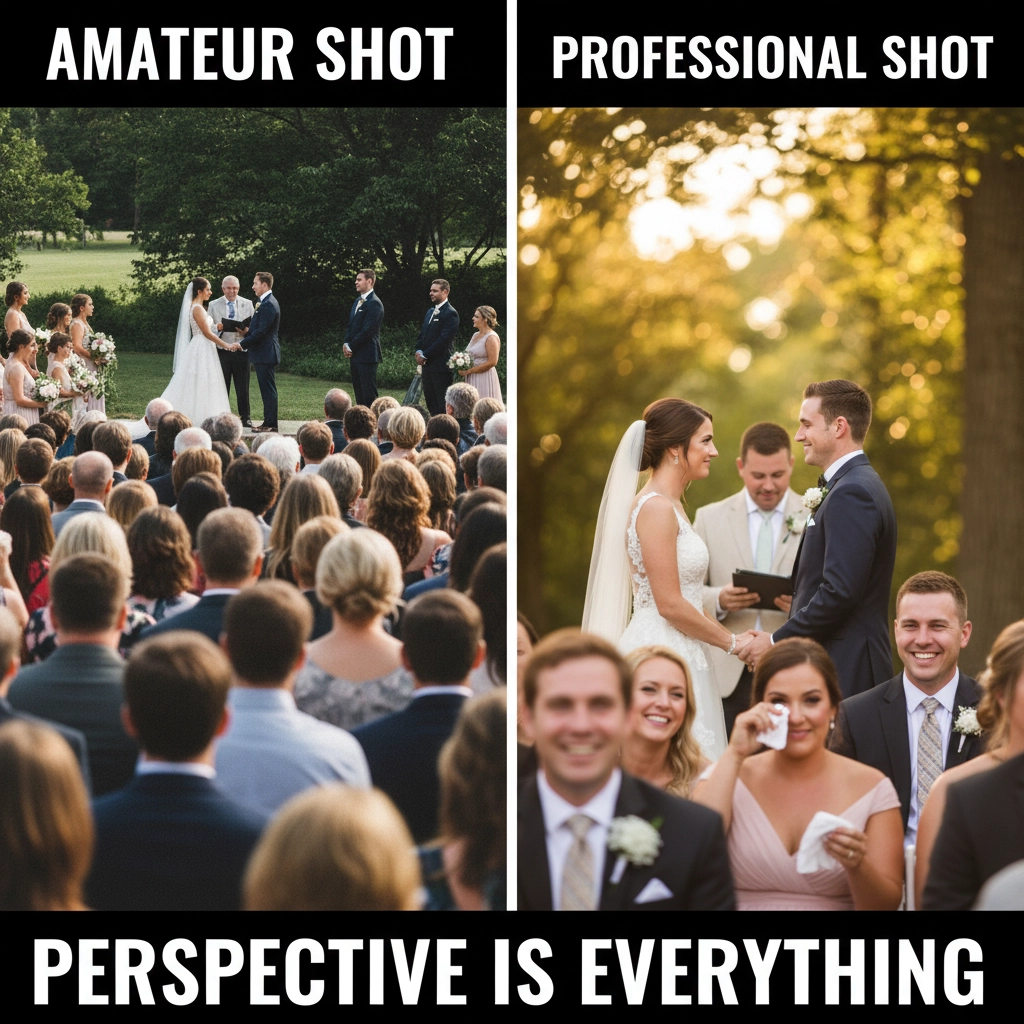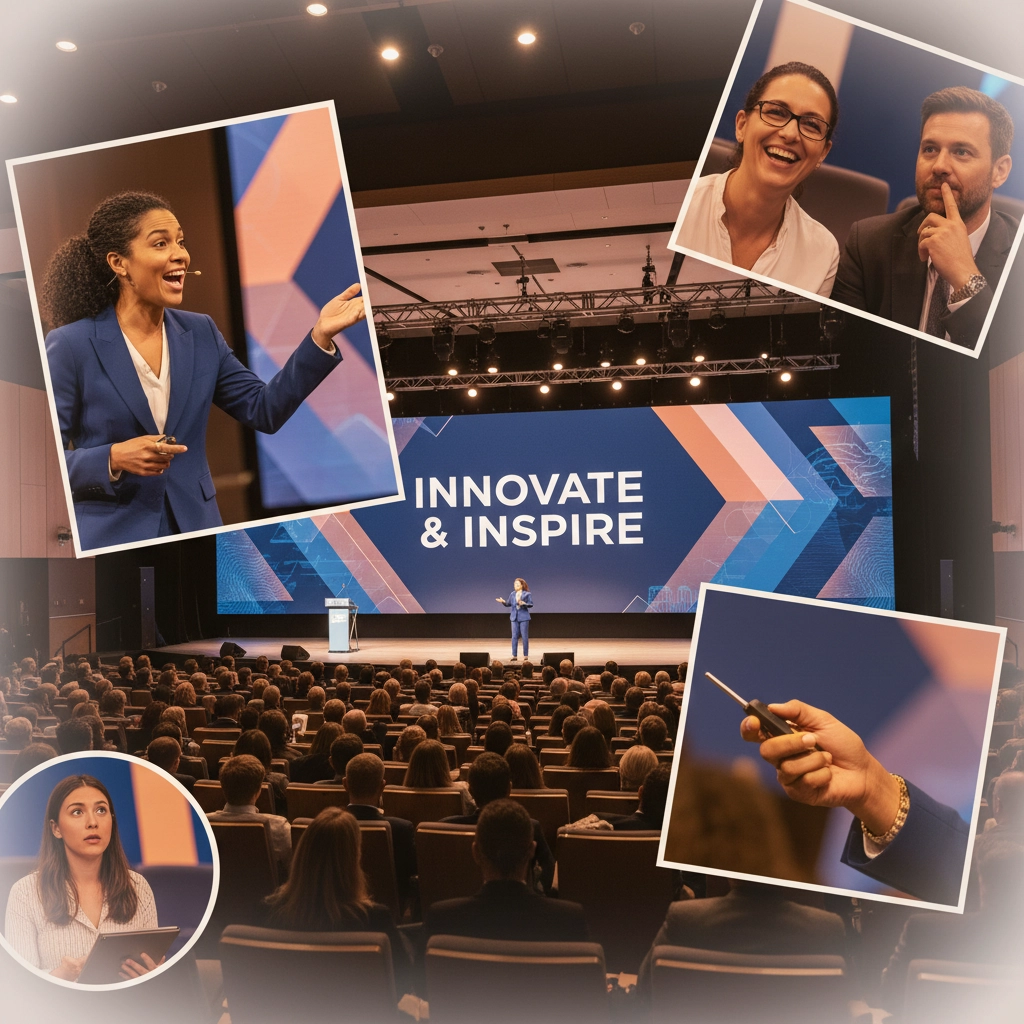7 Mistakes You Are Making with Event Videos (and How to Fix Them)
- Clippet

- Sep 3
- 5 min read

Event videos should capture the energy, emotion, and essence of your special moments. But too often, well-intentioned videographers make preventable mistakes that turn what could be amazing footage into something that feels amateur or unwatchable. Whether you're documenting a wedding, corporate event, or community gathering, these seven common mistakes can sabotage your final product: and your reputation.
The good news? Every single one of these mistakes is completely fixable once you know what to look for. Let's dive into the most common event video pitfalls and how to avoid them.
Mistake #1: Showing Up Unprepared
Walking into an event with just your camera and hoping for the best is a recipe for disaster. Inadequate preparation shows up in every frame: from missed key moments to poor positioning that blocks your view of the action.
Here's what unprepared looks like:
Not knowing the event schedule or timeline
Unfamiliar venue layout causing positioning problems
No backup plans for weather or technical issues
Missing crucial moments because you didn't know they were coming
The Fix: Visit the venue beforehand if possible. Walk through the space, note lighting conditions throughout the day, and identify optimal camera positions. Get a detailed timeline from your client: not just start and end times, but when specific moments will happen.
Create a shot list of must-have moments and discuss expectations with your client. Pack backup equipment including extra batteries, memory cards, and even backup cameras when possible.

Mistake #2: Ignoring Audio Quality
Great visuals mean nothing if your audio is garbage. Poor audio is the fastest way to make professional footage look amateur, and unfortunately, it's often an afterthought until it's too late.
Common audio mistakes include:
Relying solely on camera's built-in microphone
Not testing audio levels before recording begins
Ignoring background noise and distractions
Forgetting to monitor audio throughout the event
The Fix: Invest in external microphones: lapel mics for speakers, directional mics for ceremonies, or wireless systems for mobility. Always do sound checks before the event starts and monitor levels throughout.
Consider having a dedicated audio person if the event is complex, or at minimum, use backup audio recording devices. Sometimes the best insurance policy is a small digital recorder placed near the action.
Mistake #3: Wrestling with White Balance and Colors
Nothing screams "amateur" like footage that shifts from blue to orange to green as you move between different lighting conditions. Many videographers leave their cameras on auto white balance and wonder why their colors look inconsistent and weird.
The Fix: Learn to manually set white balance based on your dominant lighting conditions. Most cameras offer presets for sun, shade, tungsten, and fluorescent lighting: use them.
Take test shots in different areas of your venue and adjust accordingly. If you're moving between vastly different lighting conditions (like indoor ceremony to outdoor reception), be prepared to adjust your settings rather than hoping auto mode will save you.
Mistake #4: Poor Framing and Composition
Bad composition can ruin great moments. We've all seen those videos where speakers have poles "growing" out of their heads, or where the camera captures everyone's worst angles.
Classic composition mistakes:
Shooting from only one height/angle throughout the event
Ignoring distracting background elements
Filming people while they're eating or in awkward positions
Using unflattering angles that make subjects look bad
The Fix: Pay attention to your backgrounds and move around to find better angles. Get down to eye level when filming children or seated guests: nobody wants to watch footage shot from above looking down at the tops of heads.
Be patient with timing. If someone's in the middle of taking a bite, wait a few seconds. Your subjects (and your client) will thank you for making them look good.

Mistake #5: Fighting Bad Lighting Instead of Working with It
Lighting can make or break your event video, yet many videographers just accept whatever lighting conditions they find rather than adapting or improving them.
Problem lighting scenarios:
Harsh midday sun creating unflattering shadows
Poor indoor lighting that makes everything look dim or yellow
Backlighting that turns subjects into silhouettes
Mixed lighting sources creating color confusion
The Fix: Scout lighting conditions during your venue visit and plan accordingly. For outdoor events, understand how sun position will change throughout the day. For indoor events, identify the best-lit areas and plan your positioning.
Consider bringing portable LED panels or reflectors for key moments. Sometimes simple fill lighting can transform amateur-looking footage into professional-quality video.
Mistake #6: Staying Glued to One Perspective
Many event videographers find a comfortable spot and camp there all day, resulting in footage that feels static and disconnected from the actual event energy.
The Fix: Move around and vary your perspectives. Get wide establishing shots, medium shots for context, and close-ups for emotion. Capture different angles of the same moment when possible.
For speakers or performers, don't just film from the audience perspective: get side angles, close-ups of hands or instruments, and reaction shots from the audience. The variety will make your final edit much more engaging.

Mistake #7: Creating Videos That No One Actually Wants to Watch
The biggest mistake is creating event videos without considering your actual audience or how the footage will be used. A 45-minute unedited video of a corporate presentation isn't going to get watched by anyone except maybe the speaker's mom.
The Fix: Before you even start filming, understand how the video will be used:
Is this for social media sharing? Keep it short and punchy
Documentary-style for the organization? Focus on story and key moments
Personal keepsake? Capture intimate moments and emotions
Marketing material? Highlight energy and engagement
Edit with purpose. Create different versions for different uses: a 2-minute highlight reel for social media, a 10-minute version for stakeholders, and a longer documentary cut for archives.
Track performance after you deliver. Ask clients what worked and what didn't. Use analytics when possible to see what people actually watch versus what they skip.
Ready to Level Up Your Event Videos?






Comments